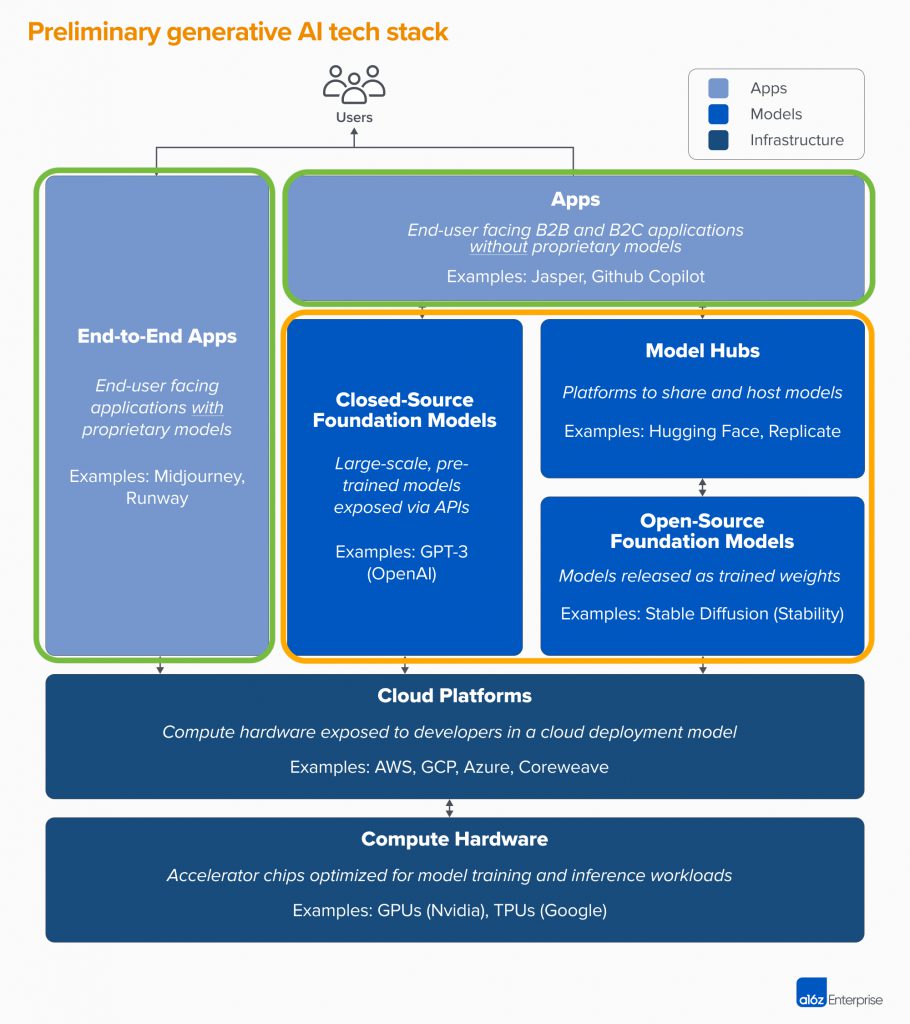Are you like me and recently found out that OpenAI has multiple ways to consume their breakthrough GPT models? If so, let’s break down the differences and primary use cases for each of these models:

ChatGPT:
- ChatGPT is designed specifically for conversational AI applications, where the model interacts with users through text-based conversations.
- It is trained using a combination of supervised fine-tuning and Reinforcement Learning from Human Feedback (RLHF).
- ChatGPT is useful for building chatbots, virtual assistants, or any system that involves interactive dialogue with users. It excels at generating coherent and contextually relevant responses.
InstructGPT:
- InstructGPT is geared towards assisting users with detailed instructions and tasks.
- It is trained using a combination of supervised fine-tuning and demonstrations, where human AI trainers provide step-by-step instructions to guide the model.
- InstructGPT is well-suited for generating helpful responses when given specific instructions or when guiding users through a process. It can be used for writing code, answering questions, creating tutorials, and more.
Fine-tuning models:
- Fine-tuning involves taking a pre-trained language model, such as GPT, and further training it on a specific task or dataset.
- Fine-tuning allows for customization of the model to perform well on specific tasks, making it more focused and specialized.
- It is useful when you have a specific dataset and task at hand, and you want the model to provide accurate and relevant responses tailored to that task. Fine-tuning can be applied to both ChatGPT and InstructGPT.
Embedding models vs. Language models:
- Embedding models focus on generating fixed-length representations (embeddings) of input text. These embeddings capture semantic and contextual information about the text, which can be useful for various downstream tasks.
- Language models, like GPT, generate coherent and contextually appropriate text by predicting the next word given the previous context. They have a generative nature and can produce human-like responses.
- Embedding models are suitable for tasks like sentiment analysis, document classification, and information retrieval, where the fixed-length representations of text are used as input features.
- Language models, on the other hand, are better suited for tasks like text generation, dialogue systems, and content creation, where the model needs to generate text based on context.
In summary, ChatGPT is ideal for conversational AI applications, InstructGPT is tailored for assisting with detailed instructions and tasks, fine-tuning models allow for customization to specific tasks, and embedding models provide fixed-length representations of text for downstream tasks.
Check out all the offerings listed above on OpenAI’s pricing page.




